
Complete Guide to Sushi Ingredients: Toppings, Rice, Seasonings, and 5 Must-Try Sushi Restaurants in Tokyo
The OMAKASE editorial team, an official partner of Michelin, wil be introducing famous sushi ingredients and the best sushi restaurants in Tokyo.
Ingredients Used in Sushi
Neta (Toppings)
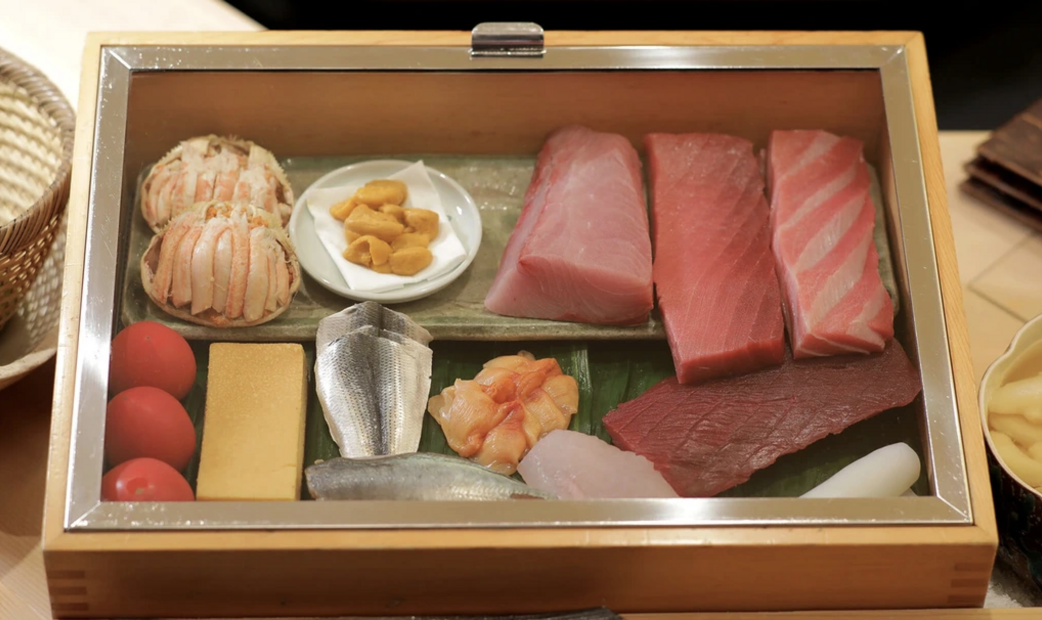
In sushi, the term 'neta' refers to the ingredients placed on top of the rice in "Nigiri sushi", or the ingredients wrapped in rice and seaweed in "Maki sushi". In Edomae-sushi (Tokyo-style sushi), many neta are made from seafood that has been processed to enhance its preservation.
Akami (lean meat)

Tuna and bonito are the representatives of lean fish. They have a rich, strong umami flavor. Since lean fish spoils quickly, in Edomae-sushi, a preservation method called 'zuke' was used, where the fish is marinated in soy sauce. This technique not only extends its shelf life but also enhances its flavor, making it a popular choice for sushi toppings.
Shiromi (white-fleshed fis)

Shiromi is best represented by fish such as Young yellowtail (hamachi), Sea bream (tai), and Flounder (hirame). It is known for its light, delicate flavor, offering a refreshing and clean taste that pairs perfectly with sushi rice.
Hikarimono (fish with shiny skin)

Hikarimono (silver-skinned fish) is best represented by fish such as gizzard shad (kohada), horse mackerel (aji), and mackerel (saba). These fish spoil faster than other seafood, so they are often preserved using methods like marinating in vinegar (su-jime) or salting fish (shio-jime) before being served. The name "hikarimono" comes from the silvery, reflective skin of these fish.
Nimono (simmered dishes)
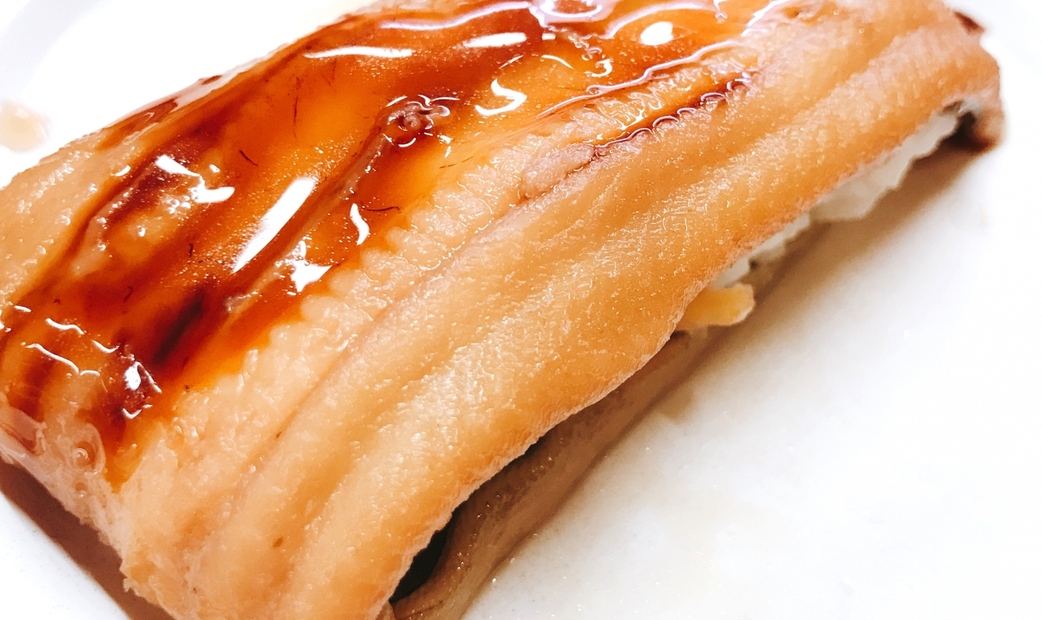
Nimono is best represented by ingredients such as conger eel (anago), clams (hamaguri), and octopus (tako). In Edomae-sushi (Tokyo-style sushi), these toppings are often simmered or cooked to enhance their preservation and bring out their unique flavors. This method not only extends their shelf life but also adds a rich, savory taste to the sushi.
Kai (shellfish)

Red clams (akagai) and Japanese Cockle (Torigai) are the representatives of this category. The guts are removed, and they are served raw.
Yasai (vegetables)

Green onion sprouts are representative for "nigiri", and cucumber for "maki sushi". Green onion sprouts are known that have been created by Edomae-sushi chefs in an attempt to create new sushi. Green onion sprouts are the newly sprouted shoots of green onions and are considered a luxury item in Japan.
Niku (meat)

It is often served at conveyor belt sushi restaurants and Izakayas. The category of meat sushi is popular not only in Japan but also overseas.
Shari (sushi rice)

Shari refers to the vinegared rice used in sushi. It is said to have been named this way because the white rice is compared to the ashes of the Buddha’s cremated bones (referred to as 'shari'). By mixing vinegar with the rice, its preservation is enhanced. The taste of shari differs between the Kanto and Kansai regions.
Shari in Kanto region (around Tokyo)
In Kanto region, it is traditional to make sushi rice using only red vinegar made from sake lees. When Edomae-sushi first originated, red vinegar was inexpensive and easily accessible.Also, it has a slight natural sweetness, allowing chefs to add flavor without using expensive sugar. A distinctive feature of this style is that the shari takes on a reddish-brown color.
Shari in Kansai region (Around Osaka)
In Kansai region, it is traditional to make sushi rice using rice vinegar and sugar. By using more sugar, the sushi rice is sweeter compared to the Edomae-style sushi rice. The addition of sugar also helps improve its preservation, and this tradition continues to be a defining feature of Kansai-style sushi today.
Wasabi

It was about 200 years ago that wasabi was first added to sushi. At that time, refrigeration technology was underdeveloped, and wasabi was used for its antibacterial properties and to help reduce the fishy smell, which helped preserve raw fish and prevent foodborne illnesses. Today, with the advancement of refrigeration technology, wasabi is no longer primarily used for its antibacterial effects. Instead, it is added to sushi to enjoy its unique flavor alongside the dish.
Hon-wasabi (Japanese native wasabi)
.jpeg)
At high-end sushi restaurants, you can enjoy freshly grated "hon-wasabi" (Japanese horseradish). Hon-wasabi can only be harvested in areas with clean water, and it has a subtle sweetness and refreshing flavor in addition to its spiciness, making it a perfect match for sushi.
Western-wasabi (horseradish)
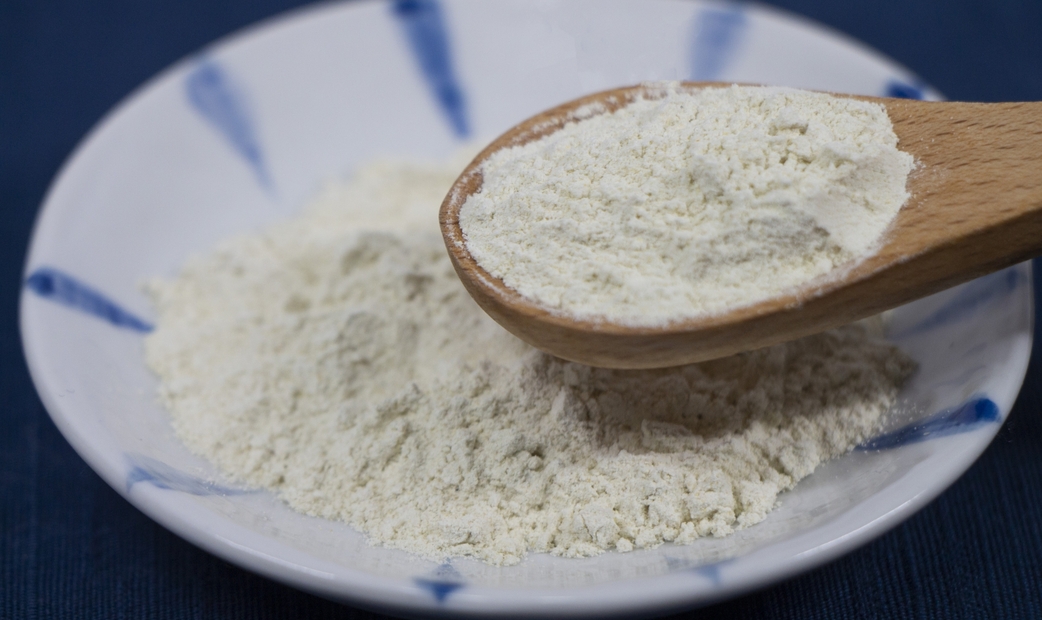
Horseradish, also known as Western wasabi, is different from real wasabi. Most commercially available wasabi products are primarily made from Western wasabi. Horseradish has a strong spiciness and pairs well with Western meat dishes, but it does not pair well with Japanese sushi.
Shoyu (soy sauce)

Soy sauce used in Edomae-sushi
Edomae-sushi uses a special sauce called "nikiri soy sauce." Nikiri soy sauce is made by adding sake and mirin (sweet Japanese rice wine) to soy sauce and then boiling it. Using nikiri soy sauce helps to neutralize the strong taste of regular soy sauce, allowing the flavor of the fish to stand out when dipped. In Edomae-sushi, instead of customers dipping their sushi into soy sauce themselves, the chef carefully brushes the nikiri soy sauce onto each piece of sushi using a small brush, ensuring the perfect balance of flavors.
Soy sauce used in Kanto region
In Kanto region, a type of soy sauce called "koikuchi soy sauce" is used. It has a lower salt content and a rich flavor.
Soy sauce used in Kansai region
In Kansai region, a type of soy sauce called "usukuchi soy sauce" is used. It has a higher salt content and a clean, delicate taste.
Soy sauce used in Kyushu
In Kyushu, a sweet soy sauce known as "amukuchi soy sauce" is used.
The flavor of soy sauce varies by region, so it’s a great idea to try different types with your sushi and compare their unique tastes.
Nori (seaweed)

The seaweed used in sushi is from a type of seaweed called asakusanori or susabinori. In Japan, those harvested in the Ariake Sea (in Kyushu) are famous. The seaweed used in sushi is "nori," which is made by thinly spreading seaweed, sun-drying it, lightly roasting it to make "yaki nori" (roasted seaweed), and then using it for sushi. Roasting the seaweed greatly enhances its flavor. Some restaurants intentionally do not use seaweed so that the flavor of the seaweed does not interfere with the sushi, and each restaurant has its own unique preferences. Nori is often available at supermarkets in the U.S. that sell Japanese ingredients.
How to Store Nori
Nori is sensitive to moisture, and storing it in a humid place can ruin its texture. To preserve it properly, store nori with a desiccant to keep it dry. To enhance its texture and flavor, it is a good idea to lightly toast it before use.
Gari (pickled ginger)
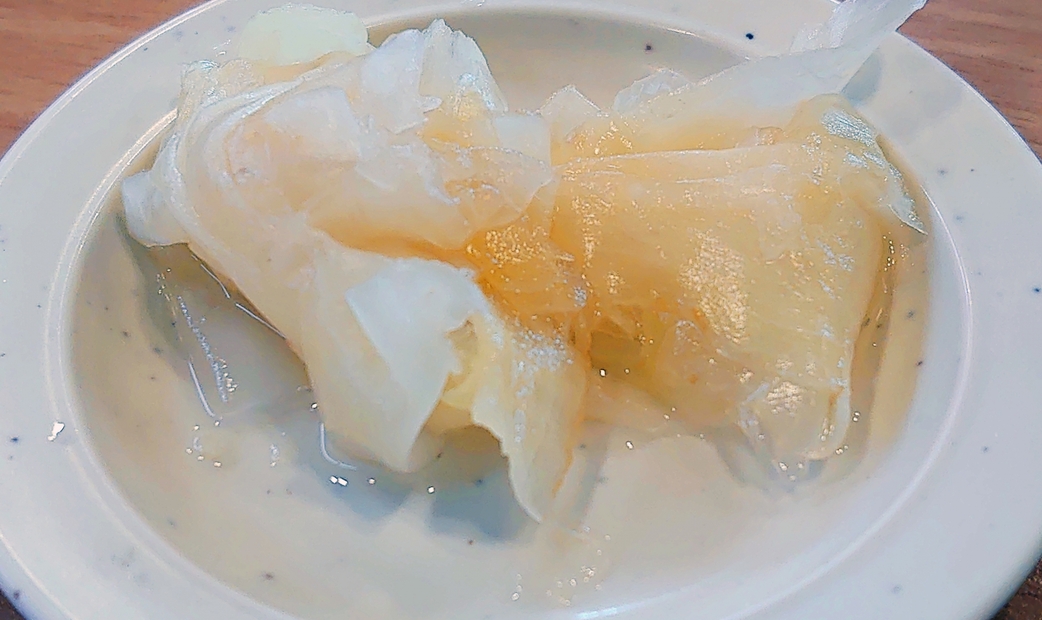
Gari is pickled ginger marinated in sweet vinegar. It is served as a garnish alongside sushi. Typically, gari is eaten on its own as a palate cleanser between different types of sushi, not placed on top of the sushi itself. For sushi like "gunkan-maki" (battleship rolls), which are difficult to dip in soy sauce, you can dip the gari in soy sauce and then brush it onto the gunkan-maki. Many high-end sushi restaurants take pride in making their own gari in-house. Gari is also available at supermarkets in the U.S. that sell Japanese ingredients.
Tamagoyaki (Japanese rolled omelette)

Some sushi restaurants feature tamagoyaki (Japanese rolled omelet) on their menu. It can be served as sushi or on its own. Tamagoyaki is included in sushi restaurants for two main reasons: its bright yellow color is visually appealing, and its sweetness acts as a palate cleanser. At conveyor belt sushi restaurants, tamagoyaki nigiri is also popular, especially among those who are not fond of raw fish or for children to enjoy.
How to Make Maki Sushi (Sushi rolls)

Ingredients
Cucumber (thinly sliced), tamagoyaki (cut into long strips), sashimi (such as tuna and salmon), kani kama (imitation crab meat), and tuna mayo (canned tuna seasoned with Japanese-style mayonnaise) are just a few colorful ingredients that can enhance the appearance of your sushi.
How to Make Sushi Rice (Shari)

Add sushi vinegar (a mixture of vinegar, sugar, and salt) to freshly cooked rice, and mix it gently with a cutting motion. Let it cool down to an appropriate temperature (around body temperature).
Prepare the ingredients
You can use any ingredients you like, but it is a good idea to choose colorful ingredients that will look appealing when sliced.
Place the nori on a Makisu (bamboo mat).
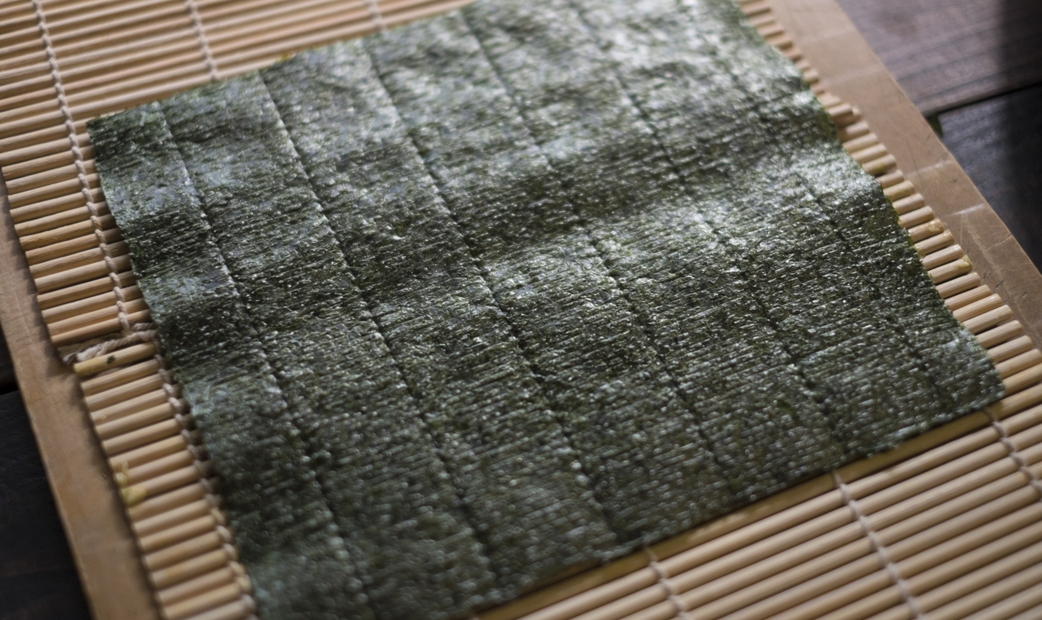
If you don’t have a bamboo mat, you can also use plastic wrap as a substitute.
Place the nori on the bamboo mat with the rough side facing up.
Spread a thin layer of sushi rice over the nori, then place your desired fillings on top.

Spread the sushi rice on top of the nori, leaving about 2 cm at the far edge. Flatten the rice and evenly arrange the ingredients in the center or slightly closer to the front. If you want to make an inside-out roll, place a piece of plastic wrap over the rice after spreading it, then flip the roll so that the rice is on the outside, and arrange the ingredients on top of the nori.
Rolling it using a bamboo mat
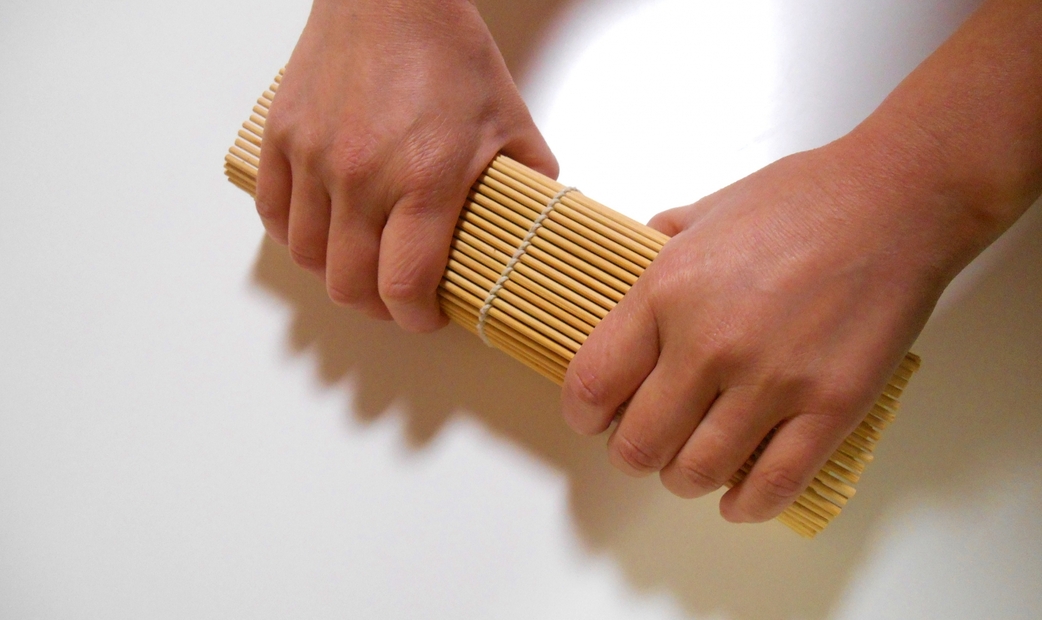
Roll tightly, starting from the front, wrapping the ingredients securely. Finally, press gently while shaping to complete the roll.
Cut it into your preferred size.

Cut the rolled sushi into bite-sized pieces, about 6 to 8 pieces.
Serving
Placing the cut side up makes the dish more visually appealing. You can serve it with soy sauce and wasabi, if desired.
Top 5 Recommended High-End Sushi Restaurants in Tokyo
Sushi Masashi (鮨 将司)
This Michelin one-star restaurant is run by a chef who trained at the Ritz-Carlton and "Sushi Wakon." Known for its meticulous attention to the balance of temperature, texture, and fat in each dish, the course menu is a standout. Don’t miss their signature dish, "Tuna Sukiyaki".
- Operation hours
- Lunch: 12:00 PM -
Dinner: 5:30 PM - 8:00 PM - Regular holiday
- Wednesdays, Sundays, Public Holidays (Others, Irregular Holidays)
- Price range
-
Lunch: USD 273.37 - USD 312.42
Dinner: USD 273.37 - USD 312.42 - Address
- 7F, Gaien Icho no Mori, 2-9-9 Kita-Aoyama, Minato-ku, Tokyo
- Nearest station
- Gaienmae Station
- Directions from station
- 3 minutes walk from Gaienmae Station
- Payment methods
- Credit card available
- Seats
- Counter 10 Seats
Room 4 Seats - Awards
-
Michelin
-
Davide4.8Posted on :11/12/2025
-
Noah5.0Posted on :11/06/2025
-
Gook Chackis5.0Posted on :10/28/2025
Udatsu Sushi (宇田津 鮨)
A Michelin-listed restaurant with the concept of "Sushi and Art." Using specially prepared sushi rice and the highest quality ingredients, this restaurant offers Edomae-sushi in an artistic setting. Their signature dish, the "Herb Roll," is a truly unique creation.
- Operation hours
- Lunch:
[Mon–Fri] From 12:00 PM
[Sat, Sun & Public Holidays] From 11:00 AM / From 1:00 PM
Dinner:
From 6:00 PM / From 9:00 PM - Address
- 2-48-10, Kamimeguro, Meguro-ku, Tokyo
- Nearest station
- Nakameguro Station
- Directions from station
- 5-10 minute's walk from Nakameguro Station
- Payment methods
- Cash, Credit card
- Seats
- 1F:9 Counter Seats, 1F 1 Private Room(2~4people)
2F:5 Counter Seats or 2F 1 Private Room(4~8people) - Awards
-
Michelin
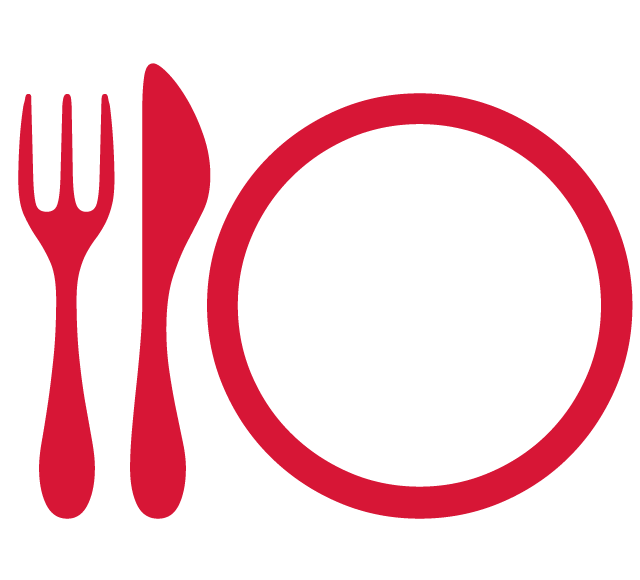
-
Jimmy5.0Posted on :11/16/2025
-
Nasser5.0Posted on :11/15/2025
-
Ronny5.0Posted on :11/06/2025
Nishiazabu Taku (西麻布 拓)
A rare restaurant offering fully customized sushi. Enjoy an omakase course that highlights seasonal ingredients, paired with carefully selected wines and sake by the sommelier.
- Operation hours
- Lunch: 1:00 PM- (Saturday only)
Dinner: 5:00 PM - 11:00 PM - Regular holiday
- Sundays, Irregular Holidays, 1st and 3rd Mondays
- Price range
-
Lunch: USD 249.94 - USD 249.94
Dinner: USD 249.94 - USD 249.94 - Address
- 1F Capalua Nishiazabu, 2-11-5 Nishiazabu, Minato-ku, Tokyo
- Nearest station
- Roppongi station,Hiroo Station,Nogizaka station
- Directions from station
- 15 minutes walk from Roppongi Station
15 minutes walk from Hiroo Station
5 minutes minutes walk from Nogizaka Station - Payment methods
- Credit card available
- Seats
- 14Seats
- Awards
-
Michelin
-
Yannick4.8Posted on :11/22/2025
-
John and Celine5.0Posted on :10/25/2025
-
Jackson Barnhisel5.0Posted on :10/25/2025
Edomae Sushi Hanabusa (江戸前鮨 英)
This Michelin one-star restaurant values the traditional techniques of Edomae-sushi. Focusing on seafood from Tokyo Bay, the chef brings out the umami through careful preparation. The specialty "zuke maguro" (marinated tuna) and tekka maki (tuna roll) are exquisite.
- Operation hours
- 5:00 PM - 10:00 PM (Last Order 8:30 PM)
- Regular holiday
- Saturdays
- Price range
- Dinner: USD 249.16 - USD 257.75
- Address
- Akasaka Residential Hotel 1F, 9-1-7,Akasaka, Minato-ku, Tokyo
- Nearest station
- Akasaka station,Nogizaka station,Roppongi Station,Roppongi 1-chome Station
- Directions from station
- 7 minutes walk from Akasaka station
8 minutes walk from Nogizaka station
9 minutes walk from Roppongi Station
10 minutes walk from Roppongi 1-chome Station - Payment methods
- Credit card available
- Seats
- Counter 8 Seats
- Awards
-
Michelin
-
Hemal Mehta5.0Posted on :11/20/2025
-
Lars Osterberg5.0Posted on :08/07/2025
-
Allen5.0Posted on :06/02/2025
Sushi Kojima (鮨 こじま)
A traditional Edomae-sushi restaurant that uses carefully selected seasonal fish from Tsukiji and Toyosu markets. The owner, former head chef of "Sushi Kanesaka," showcases his craftsmanship through expertly prepared nigiri. The restaurant is known for its affordable course menus.
- Operation hours
- 6:00 PM - 11:00 PM
- Regular holiday
- Sundays, Public holidays
- Price range
- Dinner: USD 298.22 - USD 298.22
- Address
- 5th floor, Ginza 7-chome Place, 7-3-8,Ginza, Chuo-Ku, Tokyo
- Nearest station
- Ginza Station, Shimbashi station, Yurakucho Station
- Directions from station
- 7 minutes walk from Ginza Station
5 minutes walk from Shimbashi station
9 minutes walk from Yurakucho Station - Payment methods
- Credit card available
- Seats
- 22 Seats
- Awards
-
Michelin
-
sandy4.8Posted on :11/14/2025
-
Jacky4.2Posted on :10/22/2025
-
Semin Park5.0Posted on :10/13/2025


